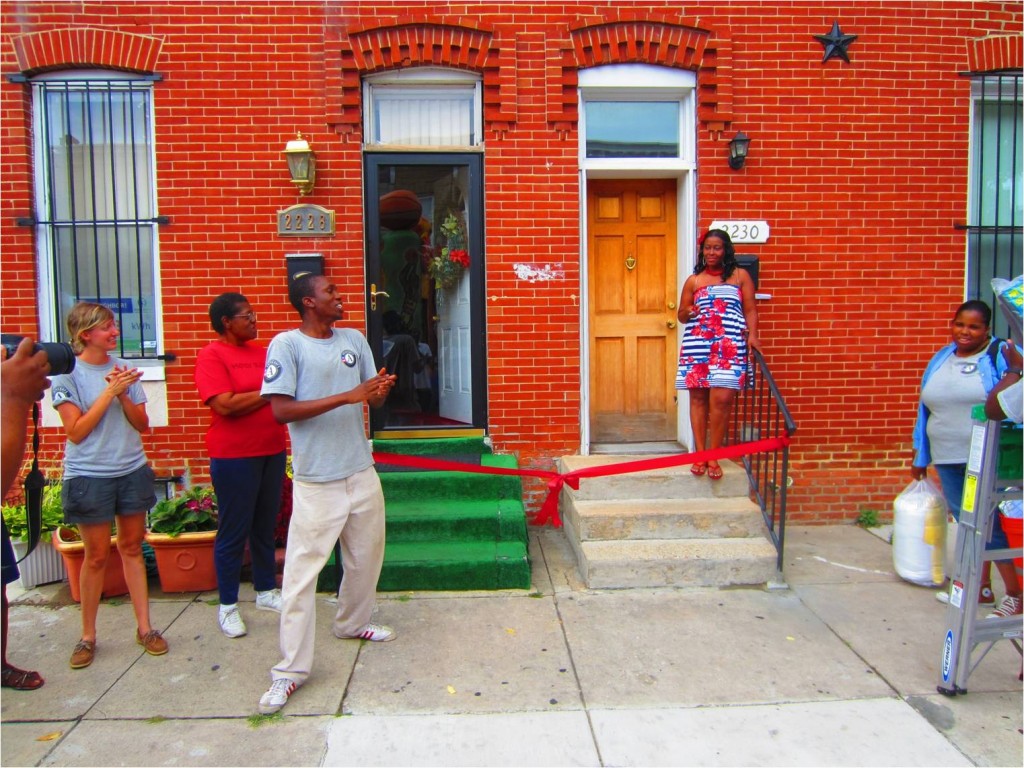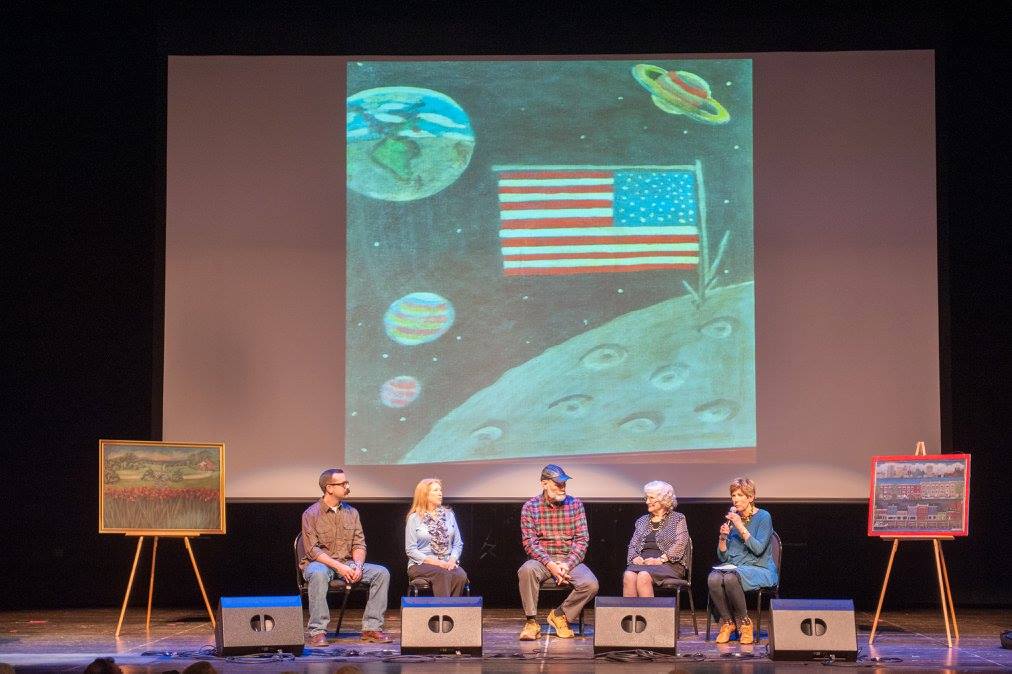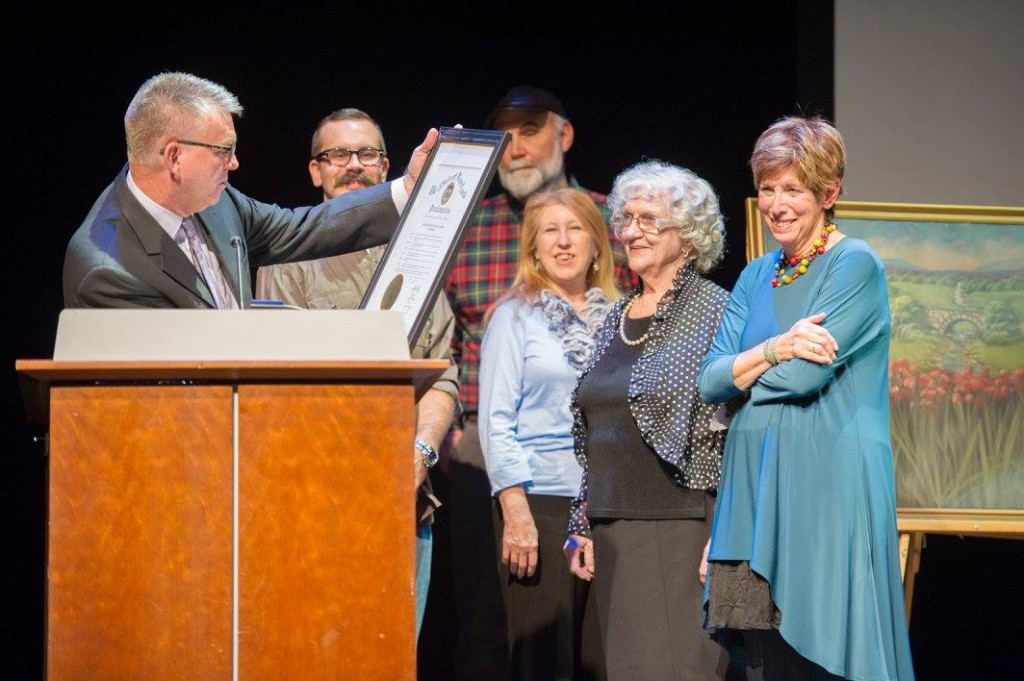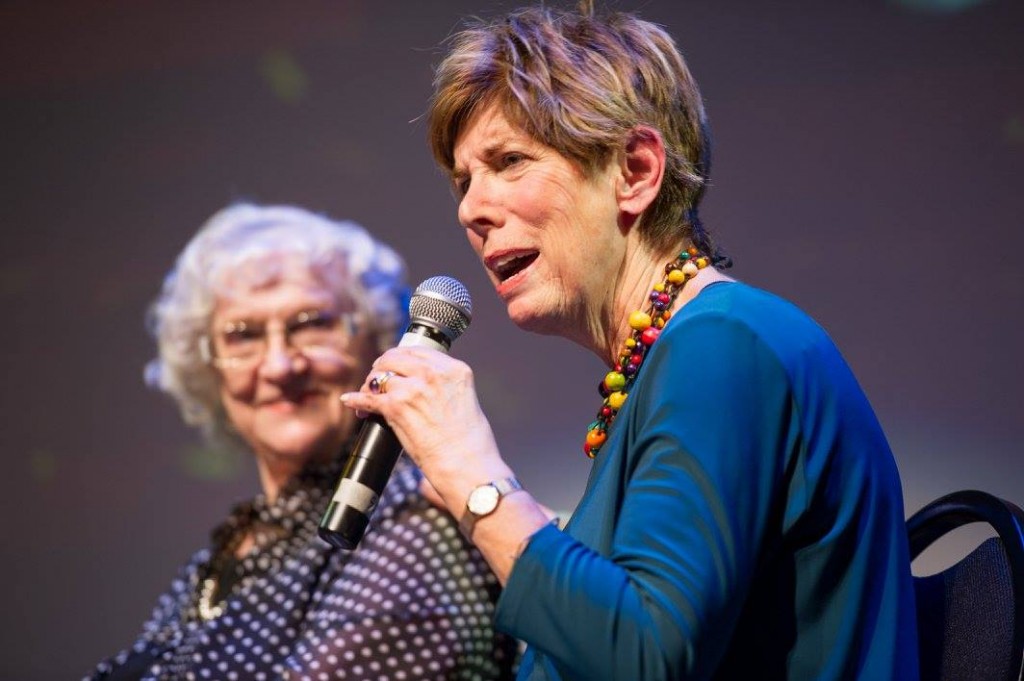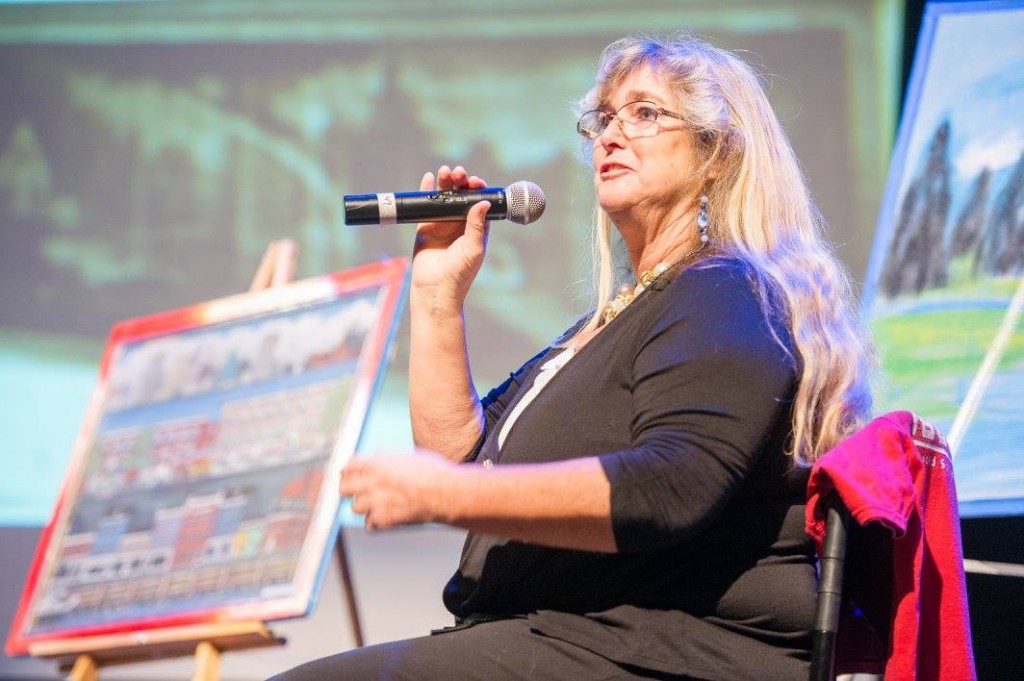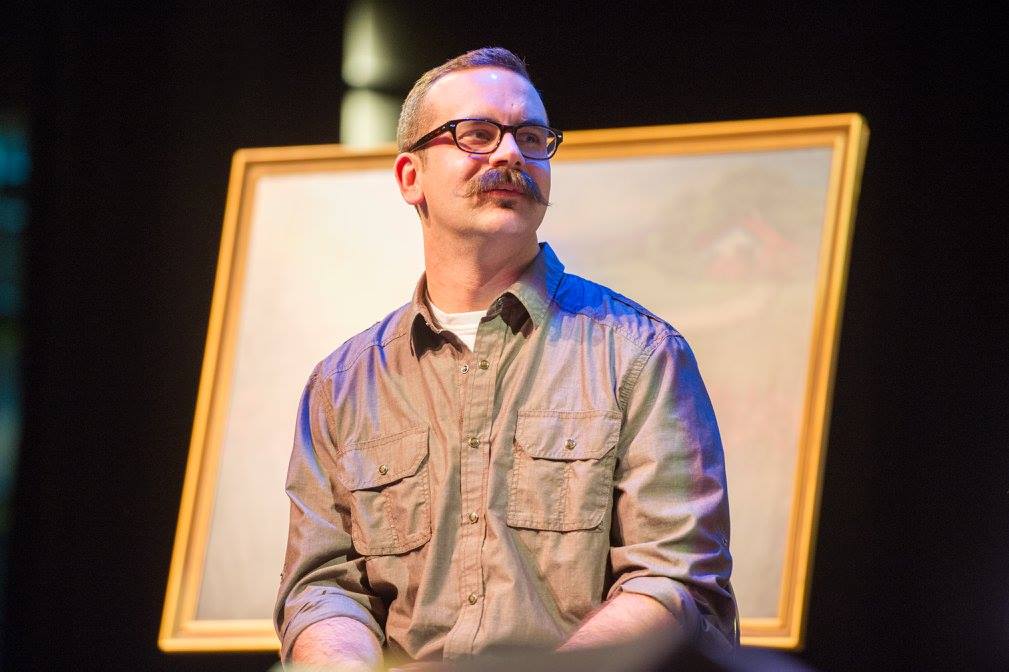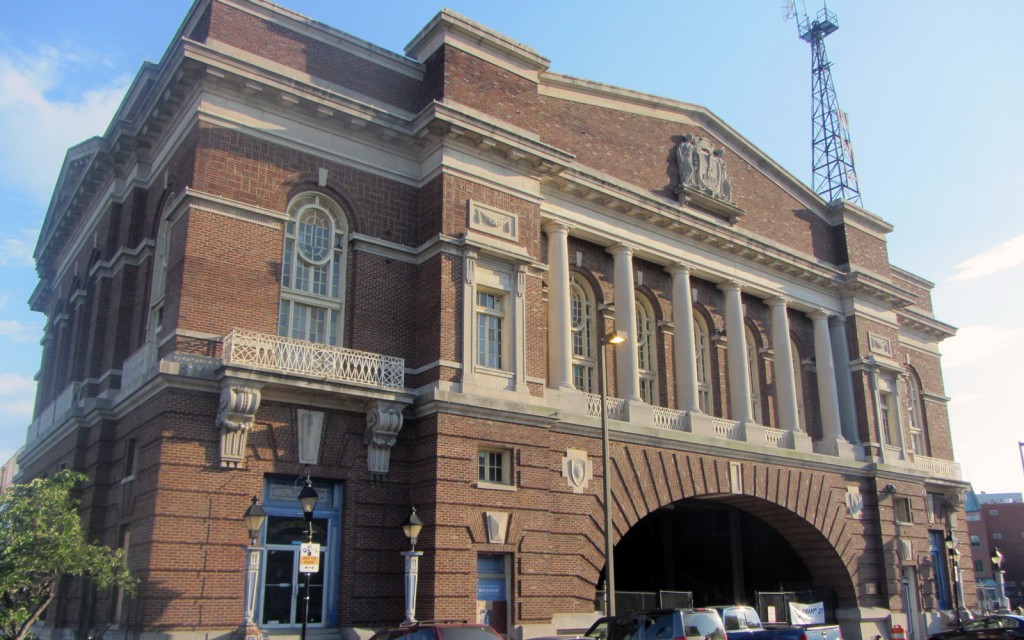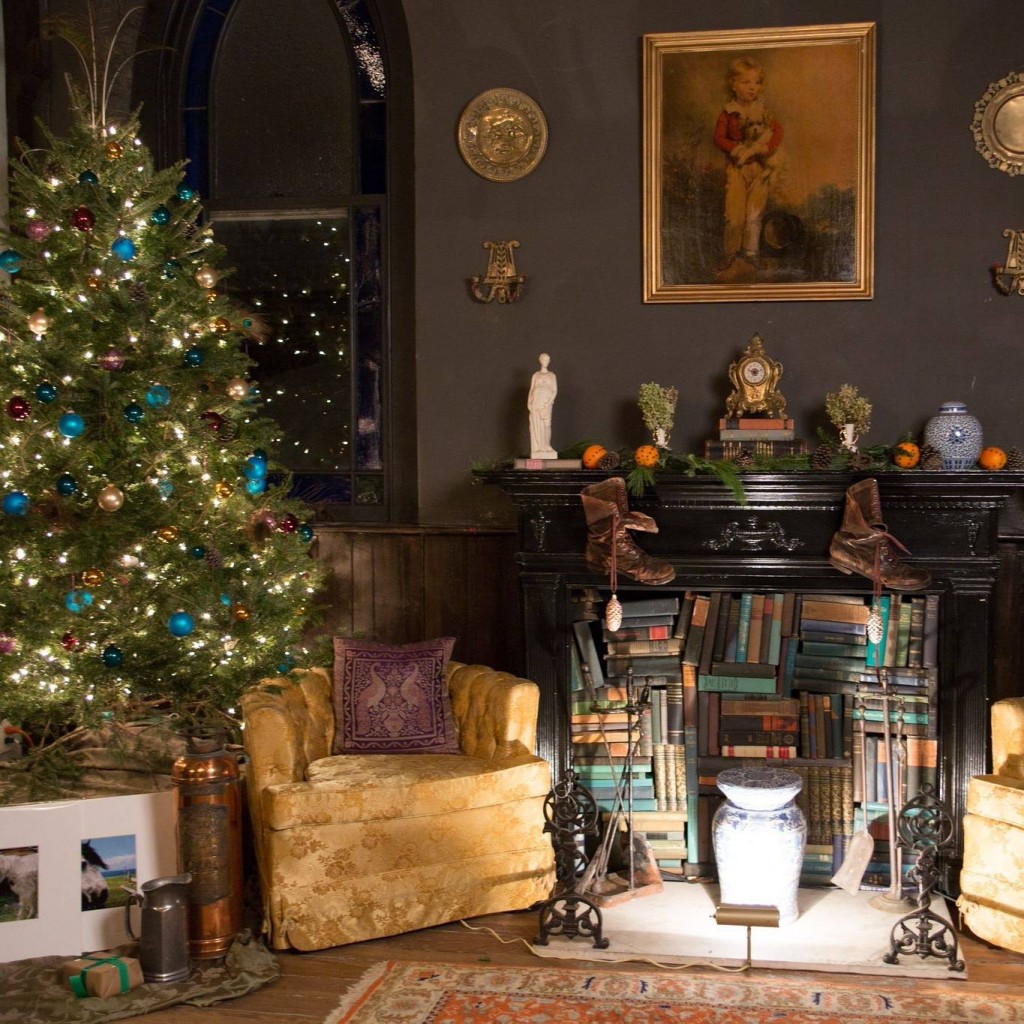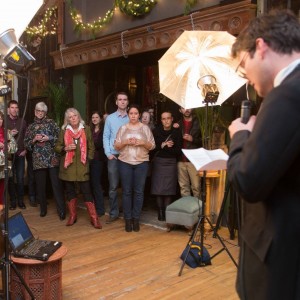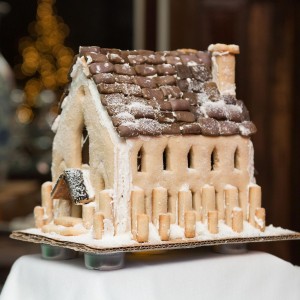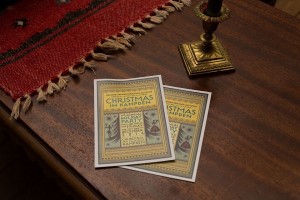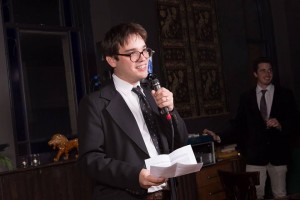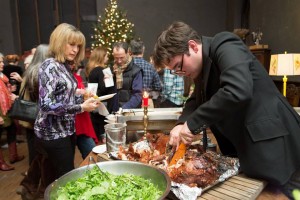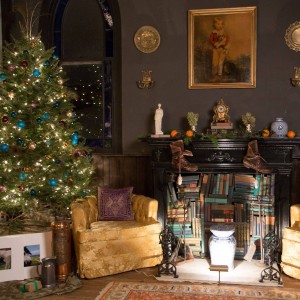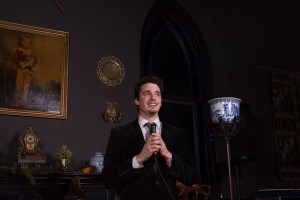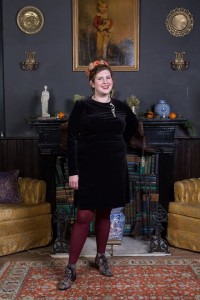This Saturday, we are partnering with Retrofit Baltimore and Live Baltimore to host our very first historic homeowner social. Stop by Second Chance anytime from 10:00 am to 11:30 am to enjoy coffee, donuts, and answers to all your questions about weatherization, historic tax credits, and home buying in Baltimore City.
This event is also your first chance to sign up for the 2015 Baltimore Historic House Co-op. The co-op is a way for homeowners to save money on weatherization services through Retrofit Baltimore. For each home-owner who signs up before April 25 and pledges to complete their project by the fall, Retrofit’s contractors are offering a 1% discount – up to a 15% discount for everyone who participates. Learn more about the benefits of weatherization for historic properties or sign up for the Historic House Co-op today.
This new partnership is just one of many new resources that we’ve put together for historic home-owners over the past few months. Check out new or recently updated resources including:
- Historic House/Neighborhood Research Guide
- Digital Sources for Baltimore History
- How to Research a Chain of Title
- Guide to Historic Tax Credits in Baltimore
- Directory of Baltimore’s Hardware and Building Supply Stores
We even have a new resource guide just for homeowners – a growing online toolkit for the thousands of home-owners who preserve historic neighborhoods. If you have questions or suggestions for how we can help historic homeowners in Baltimore, please get in touch. And don’t forget to join us at Second Chance on Saturday morning!

